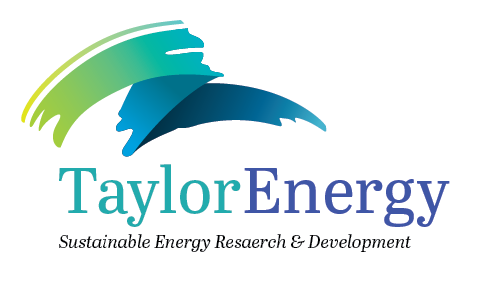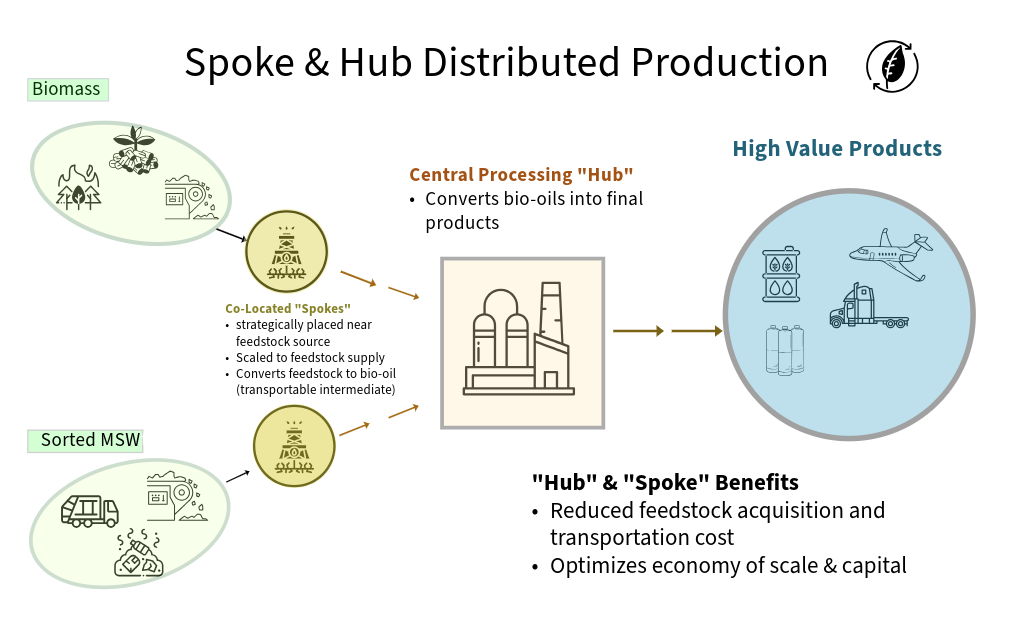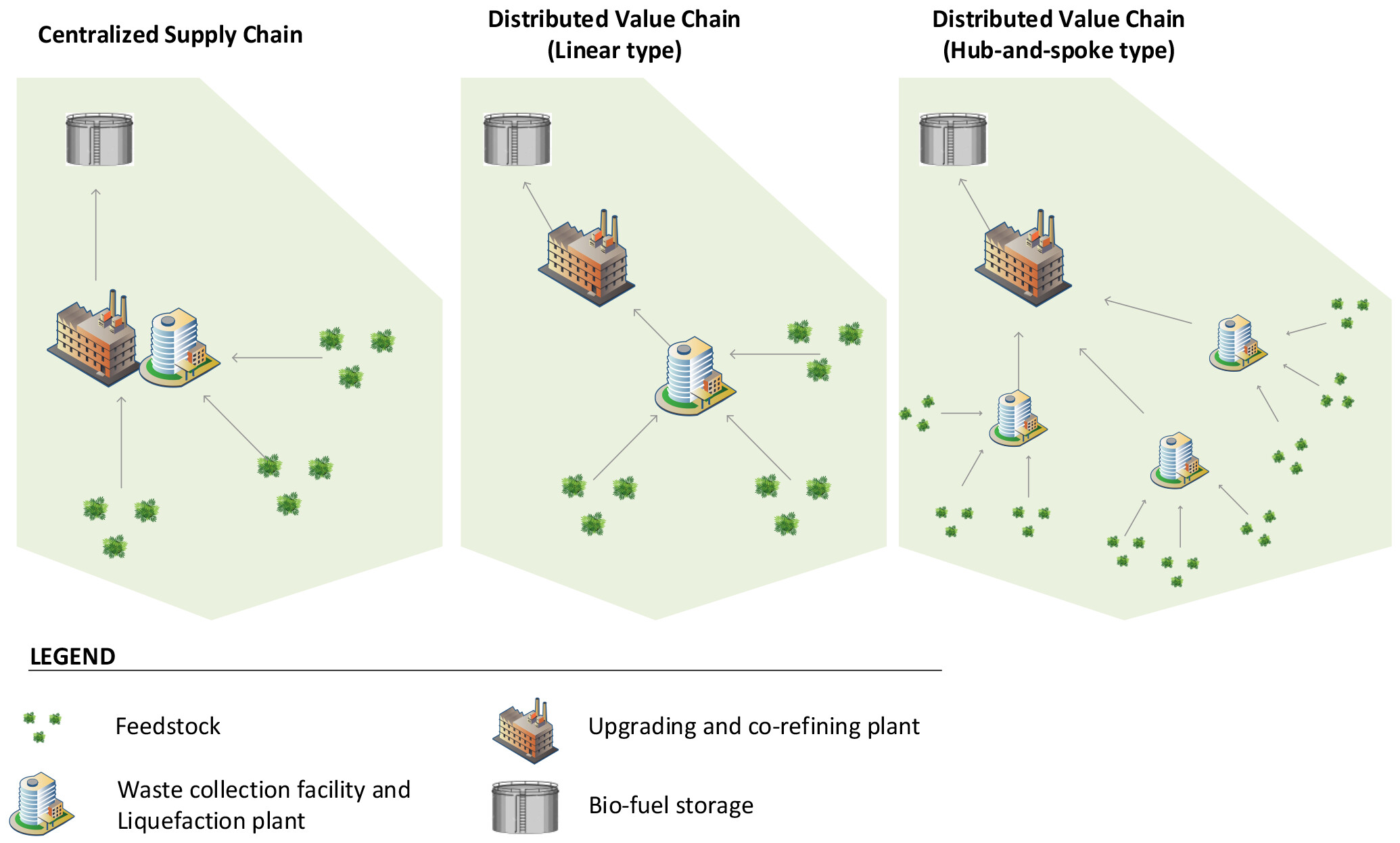This is an example of a “hub-and-spoke” distribution system for biomass pyrolysis to produce bioliquids, (which is a combination of bio-oils with carbon char) that are then utilized in a gasification process to produce syngas for purposes like making hydrogen and carbon dioxide, or sustainable aviation fuel (SAF).
The “Spoke and Hub” is a comprehensive approach to sustainable energy production. Here’s how it works:
1. Biomass Collection (Spokes): Biomass wastes, such as agricultural wastes, forestry residues, or dedicated energy crops, are collected from various sources. This step occurs at the “spokes” or decentralized locations, where waste biomass resources are abundant.
2. Fast Pyrolysis (Spokes): Biomass undergoes fast pyrolysis, a rapid heating process to convert it into bio-oil, biochar, and syngas. Bio-oil is combined with micronized carbon to form a stable bio-liquid that is storable, transportable, and can be pumped to high pressure for further processing. Biogas is used for on-site heat and power requirements to produce transportable bioliquids.
3. Bio-Liquid Transportation (Spoke): Bioliquids produced at different fast pyrolysis plants (Spokes) are transported to a central processing plant hub. This hub serves as a distribution center for the bio-liquid.
4. Gasification (Hub): At the hub, bioliquids are pumped to high-pressure and fed into gasifiers. Gasification converts the bioliquids into syngas, a mixture composed of hydrogen (H2) and carbon monoxide (CO), along with other gases like methane (CH4) and carbon dioxide (CO2).
5. Syngas Utilization (Hub): The syngas produced from the gasification process can be utilized in several ways:
— Hydrogen Production: Syngas can undergo further processing, such as a water-gas shift reaction, to react carbon monoxide with water to make more hydrogen.
— Carbon Dioxide Capture: After the water-gas-shift, CO2 can be captured from the syngas stream and stored, reducing greenhouse gas (GHG) emissions.
— Sustainable Aviation Fuel (SAF) Production: By further refining the syngas, hydrocarbons suitable for use as aviation fuel can be synthesized through processes including Fischer-Tropsch synthesis.
6. Distribution of Products (Hub): The hydrogen, carbon dioxide, and SAF produced at the hub can then be distributed to various end-users, including industries, transportation sectors, and aviation.
Benefits of this hub-and-spoke distribution system include centralized processing for efficiency, optimized resource utilization, and the potential for scaling up production based on demand. Additionally, it supports the circular economy by converting biomass waste into valuable energy products while reducing greenhouse gas emissions.
Image: https://pubs.acs.org/doi/10.1021/acs.energyfuels.2c01594.




